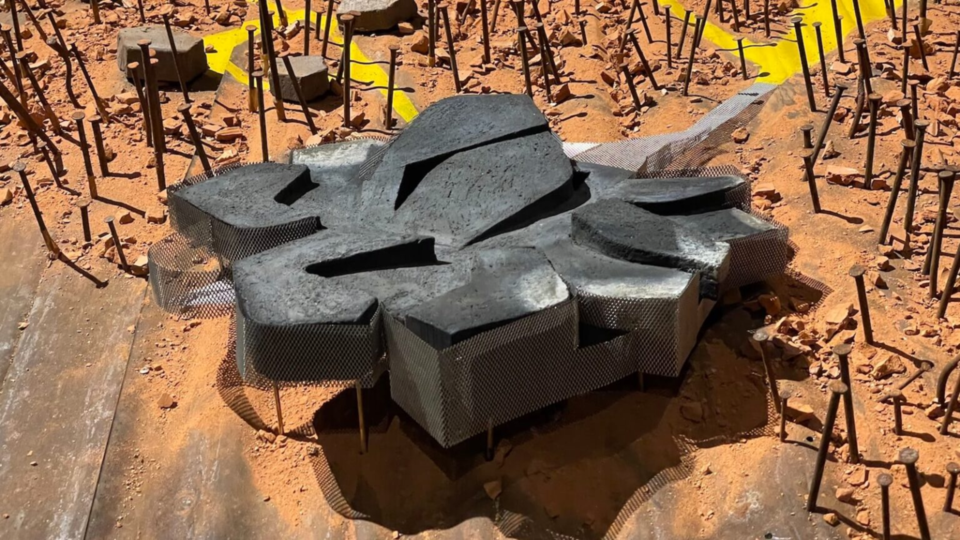Plans are in the works for the Weengushk Film Institute (WFI) to build a new learning centre on Manitoulin Island.
The institute, established in 2002 by residential school survivor and James Bay artist Dr. Cheechoo, is a non-profit centre with the goal of educating and inspiring Indigenous and diverse youth with creative programming.
ELASTICOFarm, the company designing the centre, has released design plans for the new building, which is meant to be remiscent of a turtle floating above the earth.
The full news release from the Weengushk Film Institute reads as follows:
Established in 2002 by Dr.Cheechoo, the renowned James Bay Cree artist, actor, and filmmaker, Weengushk Film Institute (WFI) is one of Canada’s most meaningful centres of learning. The first of its kind, this non-profit centre educates and inspires Indigenous and diverse youth with its logistics programming integrating creative and life skills.
Dr. Cheechoo, a residential school survivor (who prefers “residential school warrior”) and Order of Canada recipient has dedicated her life's pain to constructive and positive change for young people. By fostering new voices, Weengushk Film Institute helps to preserve and celebrate identities across Turtle Island.
Now approaching its 20-year anniversary, Weengushk Film Institute is looking forward to building its new centre-for-learning on Manitoulin Island, designed by architects ELASTICOFarm led by Stefano Pujatti. The centre will honour and empower indigenous and diverse youth by developing their creative voices. The building shape will be reminiscent of a turtle floating above the earth, an important motif in Indigenous cultures.
“I wanted the new Weengushk Film Institute's training centre to be shaped like a turtle as I have been taught that the turtle supports the world,” says Dr. Cheechoo. “It's an icon of life itself.”
Embracing this shared knowledge through biophilic design, the architects have incorporated the projects natural surroundings and elements by using timber and stone distinctive to Manitoulin, as well as ice, which has been used culturally by Indigenous peoples as an efficient insulator.
The mass of the building will float above the landscape on columns designed for the building to carry itself while allowing the structure the ability to minimize its impact on its surrounding environment and providing an outdoor space underneath for programming and public events. Inside, learners will benefit immensely through the expanded program offerings that the Turtle Island Projects' state-of-the-art classrooms, labs, and performance spaces will house for Weengushk Film Institute.
The innovative design has also been selected as part of the Italian pavilion at the Venice Architecture Biennale, currently on until November. There, visitors from across the world can learn about Weengushk Film Institute and the importance of investing in Indigenous talent.
“There's a lot of work to be done,” Dr. Cheechoo adds. “There's a lot of change that needs to happen and together we can make change.”
